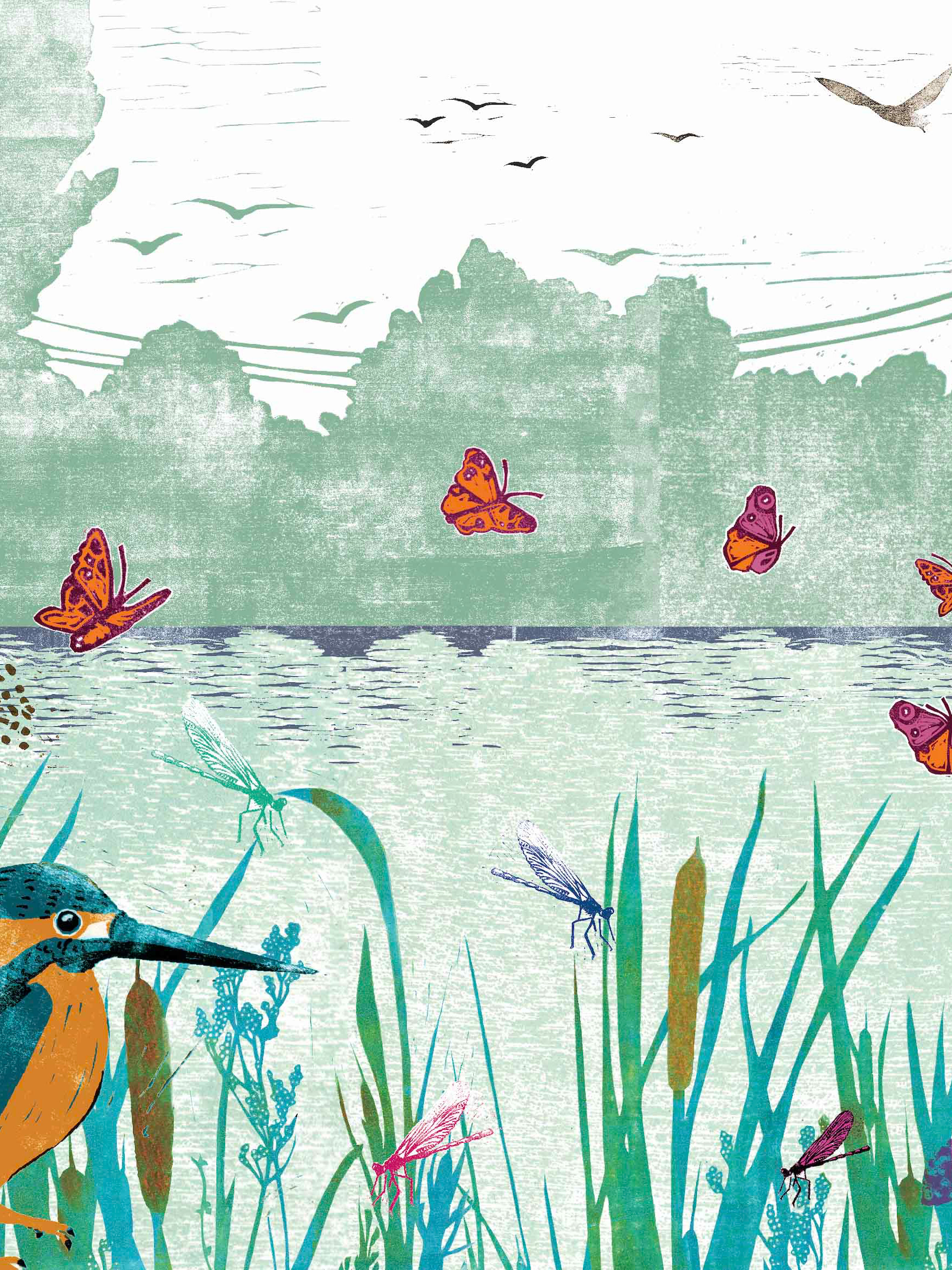Inclusive illustration: How I make it part of - and add value to - every project I work on
Girls in pink, boys in blue on children’s products; Christmas cards with no Black characters; homogenous body shapes in fashion illustration. Illustration is still complicit in preserving an unequal status quo, in which lazy stereotypes perpetuate outdated narratives and some people are represented more often than others. But it doesn’t have to be this way, and the industry is changing for the better.
1. Inclusion Vs Diversity
Both are important, and related, but there is a subtle and important difference. Some commissions specifically call for ‘Diversity’ - for example in this commission from a Data Analysis company I was asked to create images of ‘diverse groups of people’. There is a place for this - for example children’s books explaining about diverse family set-ups. However it is important not to stop there. I will quote from Beth Cox, whose ‘Foundation for Inclusion’ course I took “if the only time someone sees themselves represented is as a character in a marginalised group it can perpetuate the narrative of ‘othering’ these groups”. What we also need is inclusion of all types of people appearing repeatedly and naturally throughout graphics and illustration.
2. Where to start?
The protected characteristics are a good place to start. If you’re not familiar with all of them - a quick check here of The Equality Act will help. Then, every time you commission a new graphic consider, who is included and who isn’t. It will soon become second nature and when you come across homogenous graphics and illustration it will stand out to you as unnatural looking.
When I was commissioned to animate Bruce Castle Museum’s Victorian toy collection, I started off by drawing from the objects. It was quickly noticeable that all the characters were white and male. As a local history museum located in an ethnically diverse part of London, I knew that making the characters more representative of the museum’s visitors would make the artwork more meaningful to them and their audience. For those that are currently underrepresented in visual culture, every instance of representation matters and for those of us who are currently over represented, it is equally important that the narrative of white being the default is broken down.
3. How do I avoid being tokenistic?
You don’t need to make everything look like a checklist of protected characteristics, and there is no need to do this if you are thinking about it for every project you work on because over time you will naturally cover them across your range of products/articles. Think holistically, and authentically. In this mural design for a women’s clothing shop in Tottenham, I started by sketching on location. With limited space, I only wanted two figures. Being a women’s clothing shop, I wanted them both to be female. But even within two people I managed to have diversity of age, (Dis)ability, religion and ethnicity.
Is it worth the effort?
Absolutely! Apart from all the social justice reasons I’ve discussed above, it makes sense for as many potential customers as possible to feel that your products/services are for them!
Need an illustrator who puts equality, diversity and inclusion at the heart of vibrant visuals? Email me to start a conversation today!





